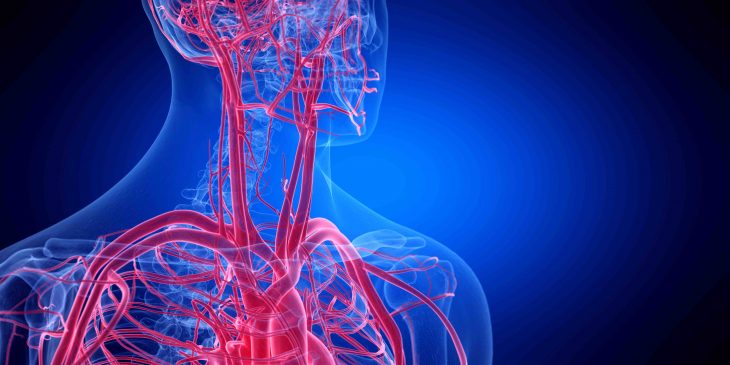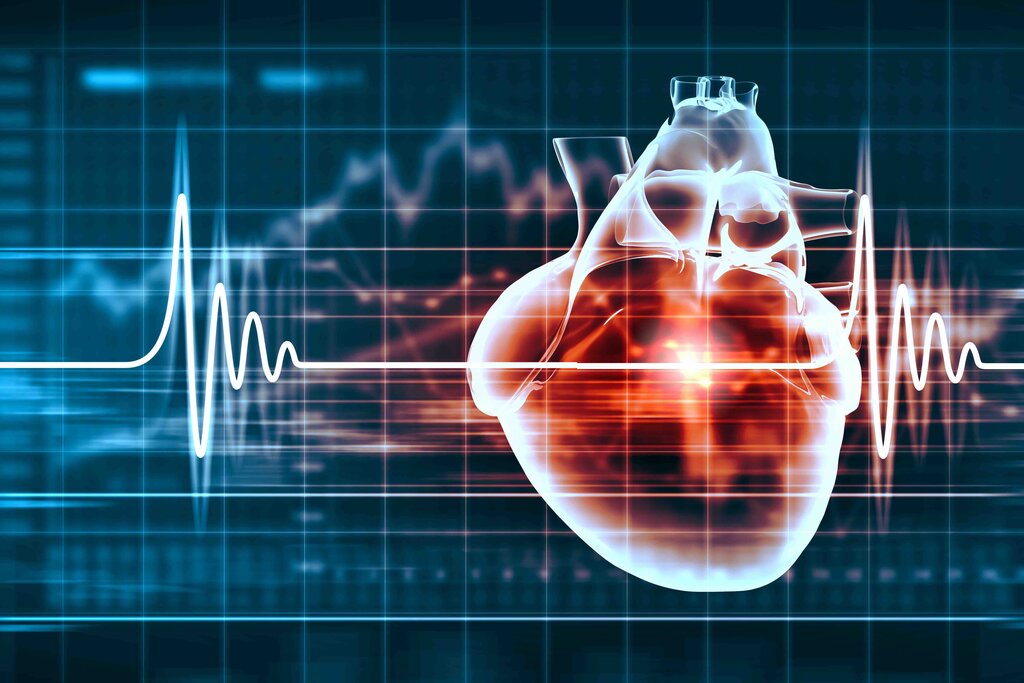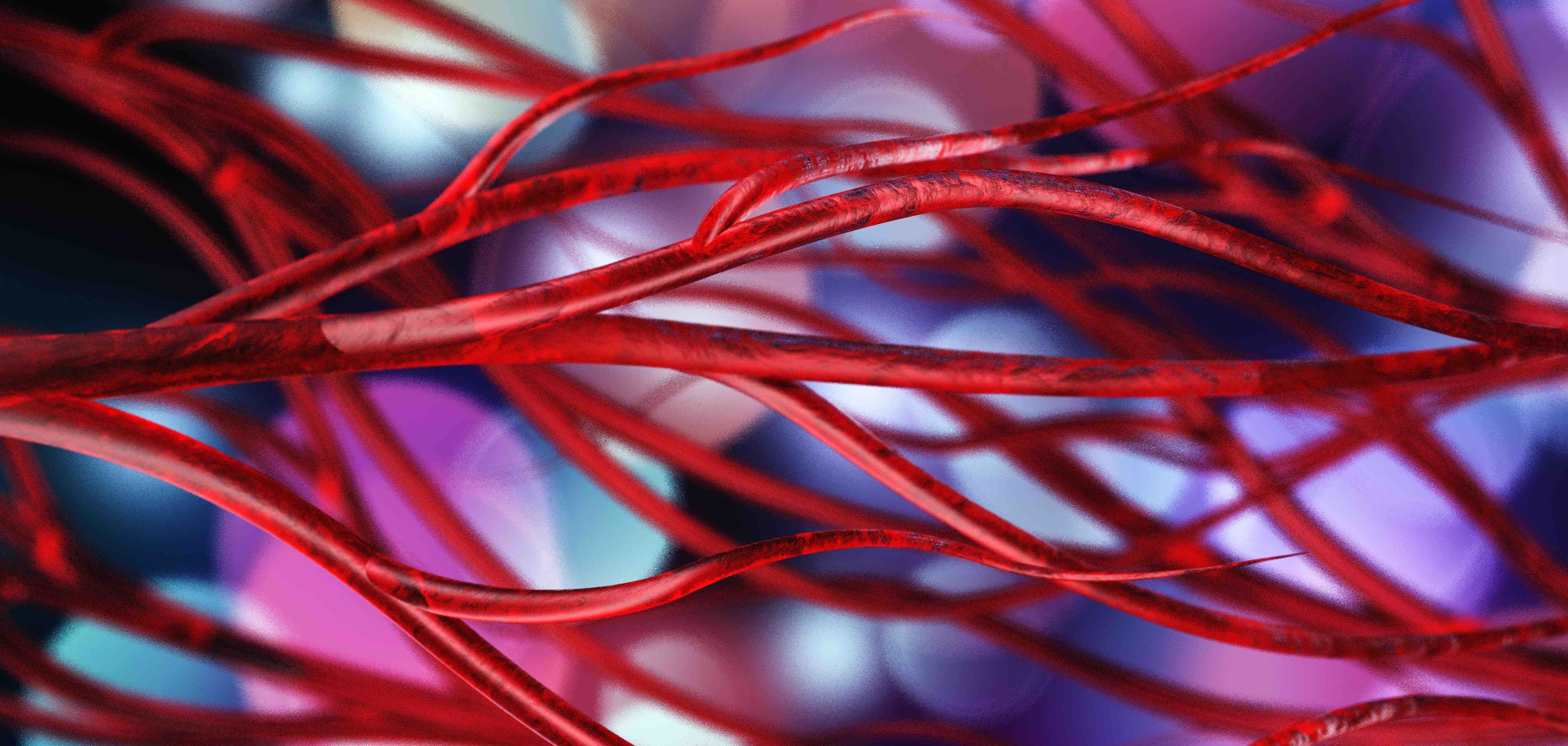
The circulatory system, also known as the cardiovascular system, is a marvel of natural engineering. It’s an intricate network of highways and byways, rushing with the traffic of life. Our circulatory system functions by delivering (thus circulating) oxygen, nutrients, and vital substances to reach every cell while simultaneously removing waste products. It’s a lifeline that connects all parts of our body in a continuous cycle of life, growth, and renewal. But more importantly, it is a voyage of life. Let’s explore 16 fascinating facts about the circulatory system that will leave you in awe of this phenomenal biological machinery.
Our circulatory system has three main types of blood vessels: arteries, veins, and capillaries. Arteries transport oxygenated blood away from the heart, veins carry deoxygenated blood back to the heart, and capillaries bridge the gap between the two. It’s like a well-coordinated GPS guiding our blood flow.
By adulthood, we’d have 60 000 miles of blood vessels in our bodies.
Imagine a bustling highway system with an intricate network of roads connecting various destinations. Well, our circulatory system is the ultimate superhighway of the body, comprising more than 60,000 miles of blood vessels. The blood vessels, if laid end to end, could circle the Earth more than twice. It’s like a well-organized transportation network, ensuring smooth traffic for all the vital components.
Our hearts are hard workers.

Our hearts beats around 100,000 times a day. Over a lifetime, that’s more than 2.5 billion heartbeats! It expels 2 ounces of blood with each beat – that is about five quarts of blood each minute, and 2,000 gallons of blood through your body a day.
It takes only a minute for blood to circulate through our entire body.
Now this is a fun fact about the circulatory system. Despite the extensive network it must travel, blood moves quickly. In fact, it takes only about 20 seconds for blood to circulate through the entire vascular system, and about a minute to speed through the body. And that means that our blood travels at approximately 3 feet per second.
Blood is a mixture of many things.
Blood is not just a singular substance; it’s a mixture of different components: red blood cells, white blood cells, platelets, and plasma. Each has a specific function, from carrying oxygen (red blood cells) to fighting infections (white blood cells).
Red blood cells have a lifespan of 120 days.
Red blood cells, or erythrocytes, have a lifespan of around 120 days. After this, they are broken down and recycled into the spleen (bone marrow). Our human body is truly a marvel of biology, an engine of existence, and a miracle of life.
Blood types are determined by antigens.
Blood type is determined by the presence or absence of certain antigens (proteins) on the surface of red blood cells. There are eight common blood types in the ABO and Rh system: A+, A-, B+, B-, AB+, AB-, O+, and O-.
If you stacked red blood cells, they would reach 31,000 miles.
If you were to stack all the red blood cells in your body one on top of another, they stretch out to cover a staggering distance of 31,000 miles! Let’s put this remarkable feat into perspective.
The distance from New York City to Los Angeles is roughly 2,800 miles. By stacking red blood cells, you could cover this distance more than ten times! Furthermore, the height of Mount Everest, the tallest mountain on Earth, stands at 29,032 feet. Stacked red blood cells could reach a height more than 18 times greater than this majestic peak.
We have a genius collateral circulation that gets around blocked vessels.

When a blood vessel gets blocked, the body has an ingenious backup plan known as collateral circulation. It involves the creation of alternative routes for blood flow, allowing tissues to receive the oxygen and nutrients they need. It’s like a detour that saves the day.
We also have this thing called the blood-brain barrier.
Protecting our brain is of utmost importance, and the circulatory system does just that through the blood-brain barrier. This remarkable shield allows only essential nutrients and substances to pass into the brain, keeping harmful elements at bay. It’s like a fortress protecting our precious thoughts and memories.
Our circulatory systems work under different pressures.
The circulatory system operates on a two-tier pressure system. The high-pressure arterial system transports oxygenated blood from the heart, while the low-pressure venous system returns deoxygenated blood back to the heart.
Our hearts have an electrical system.
The heart’s rhythm is controlled by electrical signals. These signals can be detected and recorded in an electrocardiogram (ECG or EKG), a commonly used diagnostic tool in cardiology.
Our hearts can survive without a body, for a short while.
Here’s an interesting circulatory system fact that might just blow your socks away: under certain conditions, the heart can continue to beat outside of the body, independent of its original host.
There have been cases where a heart has been temporarily sustained and kept beating outside of the body. This procedure, known as ex vivo heart perfusion, involves connecting a heart to a specialized machine that mimics the conditions of the body and provides it with oxygenated blood. The heart can continue to beat and function for a limited period, even without being inside a living body.
Blue blood vessels are not true.

Contrary to popular belief, the blood in your veins isn’t blue. It always remains red due to hemoglobin. However, veins might look blue because light has to penetrate the skin to illuminate them, and blue and violet light waves diffuse back to your eye more than other colors.
We always forget this organ.
The endothelium, or the lining of the blood vessels, is often considered the “forgotten” organ. Despite its critical role in circulation and vascular health, researchers overlooked it for many years. Today, we know that a healthy endothelium is crucial for preventing conditions like atherosclerosis.
Scientists didn’t figure out the circulatory system until the 17th century.
Brilliant physician and anatomist William Harvey discovered that blood is pumped through the heart, not the lungs. How did he do it? He dissected the poor woman’s pet toad to see if there was anything supernatural to it. The curiosity of a person is indeed a strange trait that breeds interesting results.
Love is not in the air, but in our blood, literally.
Last but not least, did you know that the hormone oxytocin, often referred to as the “love hormone,” can be found in our blood? It plays a role in bonding, trust, and social interactions. So, next time you feel a rush of affection, remember that love flows through your veins too.
Final Word
The circulatory system is a testament to nature’s genius. It’s a perpetual cycle that keeps us alive, delivering life-sustaining substances to every cell and carrying away waste. The next time you feel your pulse, remember, it’s the rhythm of life playing its tune, thanks to the incredible circulatory system. So, let’s appreciate this wonder and take good care of it through a balanced diet, regular exercise, and a healthy lifestyle. After all, our life literally depends on it.
Was this page helpful?
Our commitment to delivering trustworthy and engaging content is at the heart of what we do. Each fact on our site is contributed by real users like you, bringing a wealth of diverse insights and information. To ensure the highest standards of accuracy and reliability, our dedicated editors meticulously review each submission. This process guarantees that the facts we share are not only fascinating but also credible. Trust in our commitment to quality and authenticity as you explore and learn with us.


